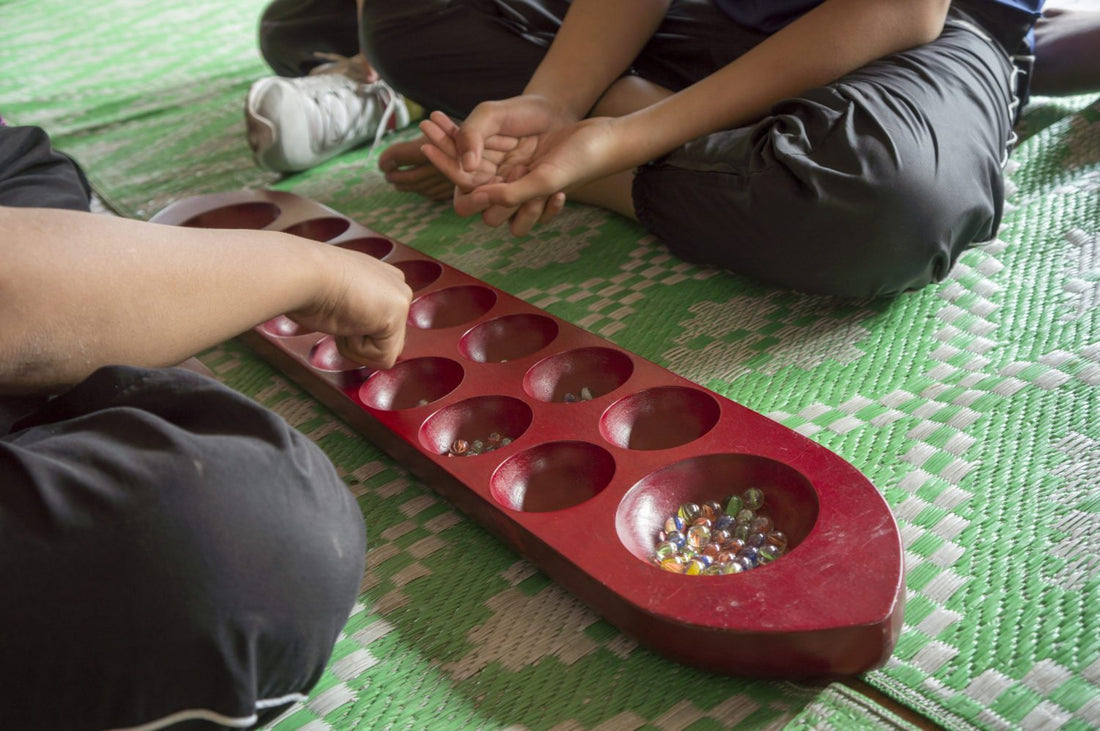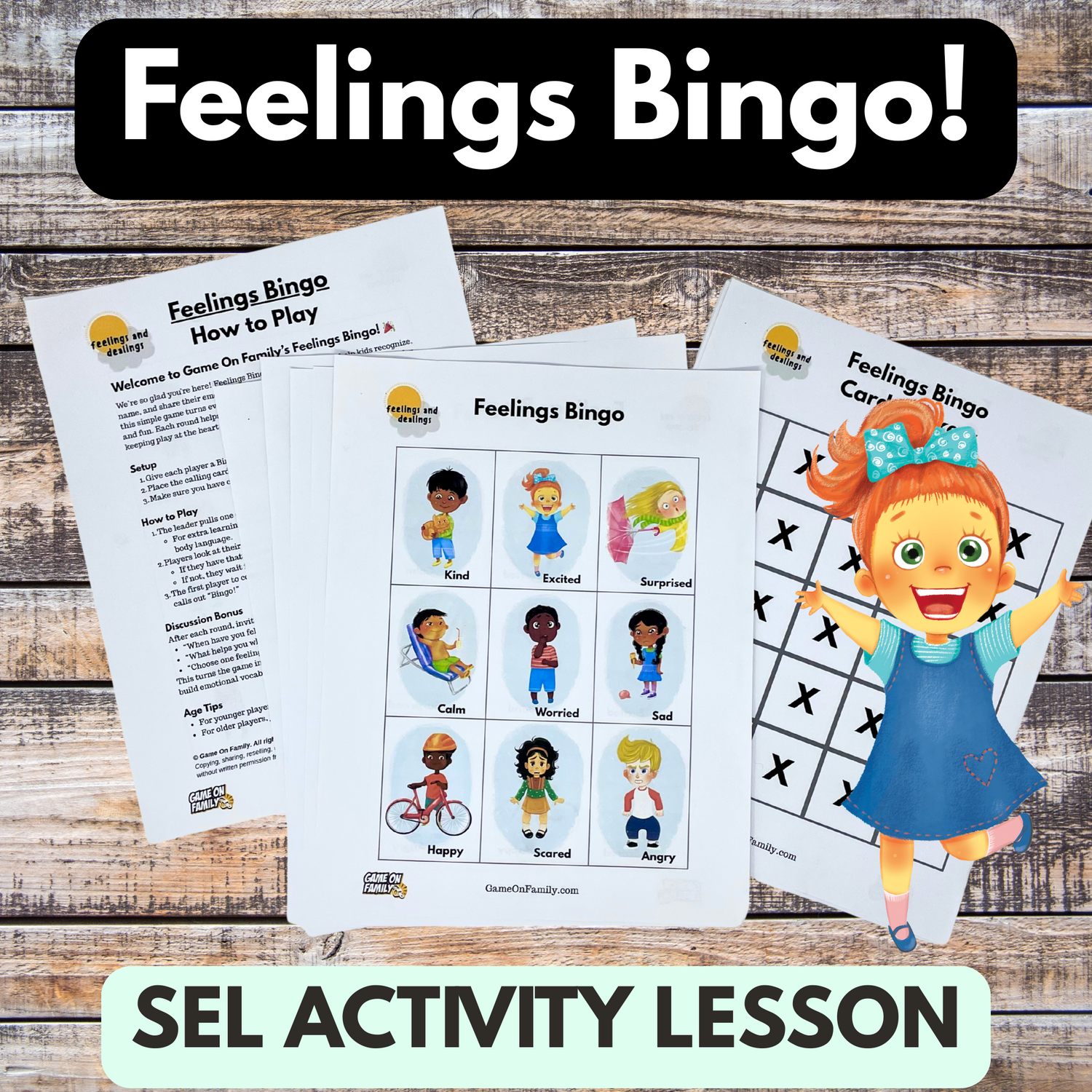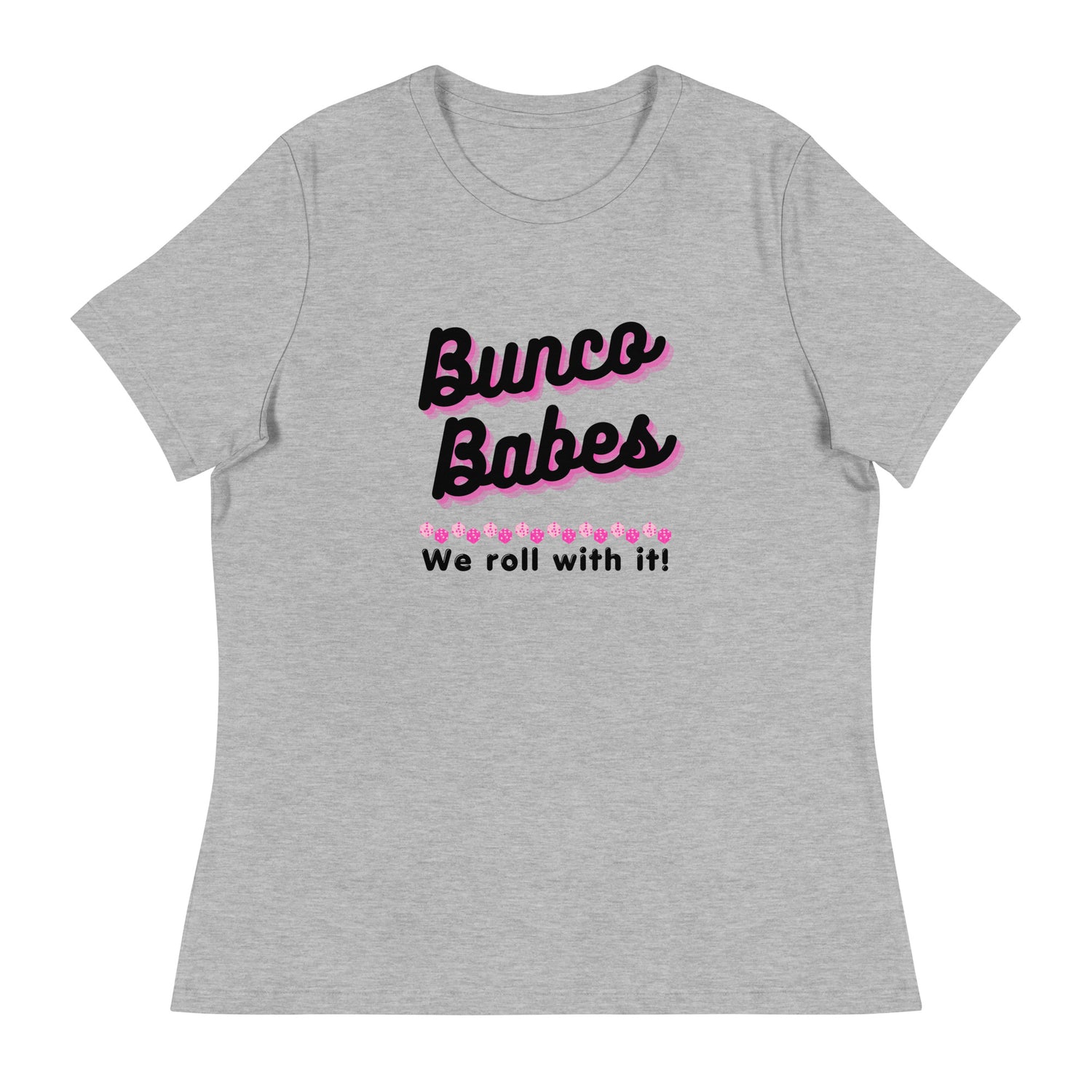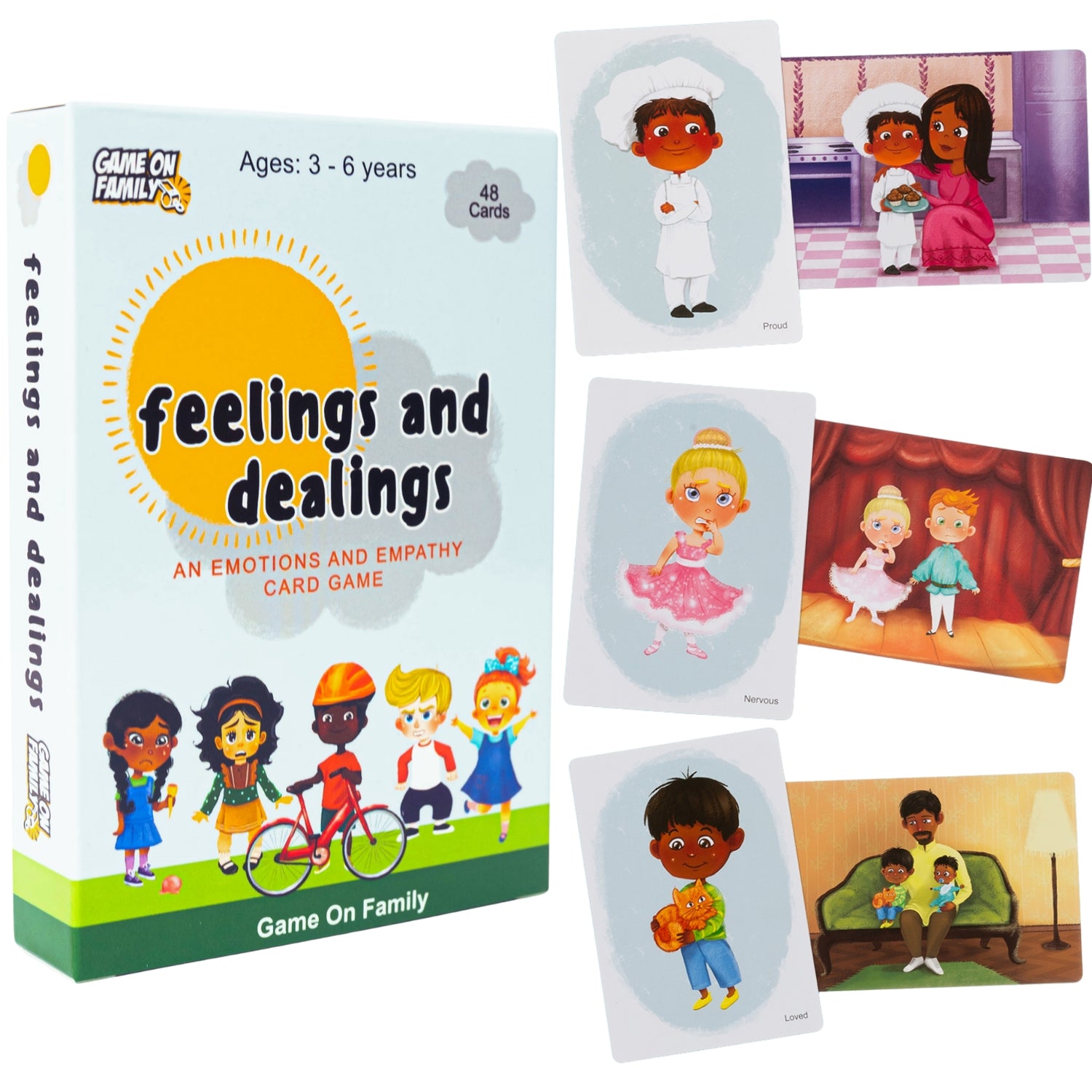
How to Play Mancala - the ancient game of strategy!
Share
Mancala Game Overview
Mancala is a fun, two-player “count and capture” board game of strategy where you try to outsmart your opponent to capture the most stones. While there are many variations of the game, Classic Mancala (aka Mankala Kalah or 2-rank Mancala) is the most popular version of the board game in the United States and is what we will cover here. And you know that game that has lasted over 5,000 years, like Mancala, must be fun!
Object of Mancala
The object of Mancala is to have captured more stones than your opponent (25+) when the game ends.
Skills
- Math (Addition & Subtraction)
- Strategy
- Fine motor skills
Game length
A Mancala game typically lasts about 5-10 minutes, but can vary by age, skill level, and game.
Ages
6 to adult
Why it’s a good family game
Mancala is a great family game for all ages six and up because it is strategic enough to be fun for adults, yet simple enough for kids to easily learn to play.
Variations
There are many variations of Mancala, but the most common version, and the one we’re covering in this tutorial, is called “Classic Mancala” (also called “2 rank” or “Mancala Kalah”). Variations within Classic Mancala include playing continuous / multi lap variations, as well as variations to capture and ending rules. Oware is another popular version, but many others exist.
Mancala Set Up & Board
Mancala Board: A Mancala board has two rows of six smaller cups (most often called “cups,” but also holes, pits, or pockets) as well two larger cups on each end called “Mancalas.”
Mancala Stones: There are 48 pieces (most often called “stones,” but also called seeds, marbles, or beans).
Setup: To start the game, the 48 stones are divided across the 12 smaller cups, with 4 in each. Players sit with the board in the middle so that 6 cups face them, and their Mancala is to the right.
How to Play Mancala in 8 Simple Steps
1. Gather two players, a Mancala Board, and forty-eight stones
Mancala is a two-player game and all you need is a Mancala board and the 48 pieces, called “stones,” that go with it.
2. Set up the board and distribute four stones into each of the cups
Place the Mancala board between the two players so that each player has 6 cups facing them and their Mancala cup to their right. To set up the Mancala board for play, distribute 4 of the 48 total stones into each of the 12 smaller cups.
3. Decide which player plays first
To determine who goes first, one player puts a stone in one of their hands and the opponent guesses which of the hands has the stone. If the opponent guesses correctly, they can choose who goes first; if they guess incorrectly, the other players. Since it’s an advantage to go first, the person with the choice should op6 to go first.
4. Play the first turn by picking up the stones from one of your cups and distributing them counterclockwise
On every turn, the player picks up all the stones from any one of their cups, and, moving counter-clockwise, places one stone per cup until there are no stones remaining in their hand. If the player passes their mancala, they place one stone in it; however, if they pass their opponent’s mancala, they skip it. On each turn, one of 3 outcomes is possible based on the last stone played. If the last stone is played:
- in your own mancala, a bonus turn is awarded
- on an empty cup on your side AND the opponent has stone’s in the opposing cup, the “capture” your opponent’s stone in the opposing cup and your last stone played and put them in your own mancala. If your opponent doesn’t have any stones opposite, no stones are placed in the mancala. In either case, the turn ends.
- on any other cup, the turn ends.
5. Alternate to the opponent’s turn
The second player executes a turn following the same guidelines followed by the first player, but applied to their side of the board (must pick up from their side of the board, and skip their opponent’s Mancala). .
6. Continue alternating turns until one player has no stones left on their side
Players will continue alternating turns until one player has no stones on their side. The player that still has stones on the board puts their remaining stones in their Mancala and counts them towards their score.
7. Declare the winner
The player with the most stones in their Mancala wins the game.
8. Play again
Some people will play a series of games, such as best of 3, 5, or 7. If that’s the case, the player to go first in each subsequent game is the one who lost the previous round.
Mancala Video Tutorial
Mancala Rules
Mancala can be summarized into 7 rules:
- Initiate a turn from your side of the board only
- During your turn, pick up all the stones from one cup on your side of the board and play 1 stone in a cup at a time (including your mancala, but excluding your opponent’s mancala), counter-clockwise
- If your last stone played in a turn ends in your mancala, you are awarded an extra turn
- If your last stone played ends on an empty cup on your side of the board AND your opponent has stone(s) in the opposing cup, capture all of the stones in the opposing cup as well as your stone played in the empty cup and put them in your mancala. If there are no stonen’s in the opposition cup, there is no capture and no stones are deposited in the mancala.
- The game ends when there are no stones remaining on one player’s side
- When game ends, any remaining stones on a player’s side move to their mancala
- The player with the most stones wins the game
10 Mancala Strategies to Help You Win
To win in Mancala, you need to capture more stones (25+) than your opponent, through three methods:
- on a turn when you drop 1 in
- capturing opponents stones by landing on your blank
- forcing opponent to run out and then getting all the ones on your side
To do that, use these 10 strategies in combination to win in Mancala:
Offensive Mancala Strategies
- Try to get bonus turns by playing in your mancala
- Set yourself up with good empty cups
- Capture (steal) when you can
- Try to keep more pieces on your side
- Think ahead a full turn as you may open up additional options through bonus turns
Defensive Mancala Strategies
- Move pieces opposing an empty cup to avoid getting captured
- Before playing your move, think ahead and avoid setting up your opponent
- Mess up your opponent’s turn by either moving pieces they can take OR adding stones to their side to alter their move
- Overload opponent’s side: if they’re landing on your side with their last stone, they’re not capturing pieces. But this move has risks.
- Stall or starve your opponent by not sending more stones to their side if they’re running out of moves and you’re ahead.
Note: When I play the computer the two strategies where they usually get me are:
- I think I’m safe, but the computer executes a multi-play turn that reveals a large capture of my pieces.
- I lose count when there’s a large number of stones (7+) and they’re able to wrap all the way around my side the board to execute a capture.
More Mancala Strategy
If you’re interested in learning more about Mancala strategy, we find this video useful:
And Ultra Board Games outlines and names a lot of Mancala strategies in this article.







